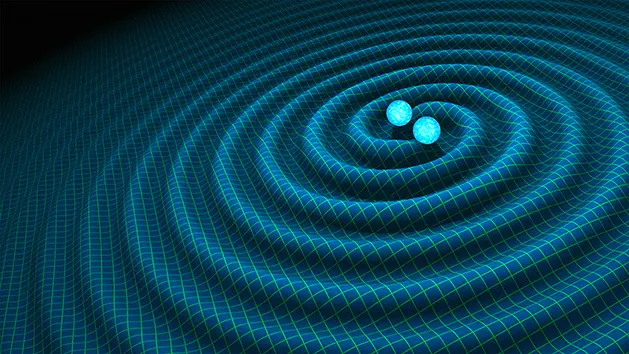Populations of massive black holes might be lurking on the edges of spiral galaxies like our own Milky Way, according to a new study.
The findings could prove valuable for hunters of gravitational waves, as colliding black holes are one of the catastrophic events known to create the allusive ripples in space-time.
Currently, small satellite or dwarf galaxies are thought to be most suitable for hosting black holes, as they have a sparse population of stars and weak winds – streams of particles – that leave massive stars intact.
However, the outer edges of larger spiral galaxies have similar conditions, and these galaxies are easier to find.
“The metal content in the outer discs of spiral galaxies is also quite low and should be rife with black holes in this large area,” says Sukanya Chakrabarti, assistant professor of physics at the Rochester Institute of Technology and lead author of the new study.
Gravitational waves were first successfully detected by the LIGO collaboration on September 2015.
Of the five confirmed detections of gravitational waves so far, four were caused by a collision between two black holes.

The most recent, on 17 August 2017, was caused by two merging neutron stars.
As a result, knowing where large populations of black holes are likely to reside in the Universe helps gravitational wave hunters know where to look.
“If you can see the light from a black-hole merger, you can pinpoint where it is in the sky,” Chakrabarti says.
“Then you can infer the parameters that drive the life cycle of the Universe as a whole and that’s the holy grail for cosmology.
The reason this is important is because gravitational waves give you a completely independent way of doing it so it doesn’t rely on astrophysical approximations.”
Richard O’Shaughnessy, a member of the LIGO Scientific Collaboration and co-author on the paper, says:
“This study shows that, when predicting or interpreting observations of black holes, we need to account not only for differences between different types of galaxies but also the range of environments that occur inside of them.”
